|
Our Hakka gongfu training requires the carrying of heavyweights upon our backs. This represents the hilly terrain the Hakka people lived within throughout the New Territories, Hong Kong. Hakka Clan villages, especially by the 20th century, were often re-constructed upon the top of various hills situated in prominent good (feng shui) positions. The bones must be kept strong for building good health and ensuring longevity. Strong bones allow the bodyweight to drop down through the centre of the bone-marrow into the floor (creating a strong 'root') - and facilitates the rebounding force which is distributed (throughout the skeletal-system) to the striking part of the anatomy - be it a hand, foot, elbow, knee, fore-head or torso, etc. The Hakka people moved into the Guangdong area (that became the 'New Territories' under the British in the 1890s) in the mid-1600s - following the Manchurian invasion of China (which established the foreign 'Qing Dynasty' during 1644 CE). Our 'Chan' (陳) Clan (pronounced 'Chin' in the Hakka language and 'Chan' in the Cantonese language) originally settled at the base of a hill near the coast in the Sai Kung area. I think we probably originated somewhere in Henan province (like many other Hakka Clans that I have investigated). Younger people often carried older relatives on their backs (as part of the required filial piety) up and down the hills - to and from various areas. Chinese families reflect the government and vice versa. One reflects the other whilst the notion of Confucian 'respect' permeates the entire structure. This is true regardless of political system, era, religion or cultural orientation. Many Daoists and Buddhists are Vegetarian - because they respect animals and the environment. When working as farmers - Hakka people carried tools, goods and the products of harvests on their backs between long hours working in the rice fields with the Water Buffalos. The continuous repetition of hand and foot movements - and the standing postures for long hours in the wind and rain - condition the mind and body for genuine Hakka gongfu training. Although there is an 'Iron Ox' gongfu Style (different to our own) - the spirit of the Ox pervades all aspects of the Hakka gongfu styles! Even so, our Hakka Style embodies the spirit of the Bear! We can fighting crouching low - or stand high giving the impression that we are bigger than we actually are! Our developed musculature is like the Ox and the Bear in that it is large, rounded and tough! We can take a beating and still manifest our gongfu Style with ease! We do not go quietly into that dark night! The above video shows Hakka people de-husking rise - with the standing person practicing 'Free Stance, rootedness and knee-striking, etc, and the crouching person showing a low Horse Stance and position for 'Squat-Kicking', etc, whilst demonstrating dextrous hand movements often found in gongfu Forms. Of course, not all Hakka Styles are the same and there is much diversity throughout the Name Clans. Our Chan gongfu is Military-related and can be traced to the Qin Dynasty (221–206 BCE). I think there used to be a State Gongfu Manual (since lost) issued by the Qin Dynasty as part of the process of turning every village, town and city into a 'Barracks'. Guiding the ploughs through the water and mud at the back of the Water Buffalos reflected the leg, arm and torso positions found within the Hakka gongfu. How the Hakka farmers stood still, stepped forward and back - side to side, tensed and relaxed their muscles, used their eyes and ears, and produced power and learned to give-way - all manifested in the various Hakka gongfu Styles. On Occasion, the Ox is given the day-off and the local people take to 'pulling the plough'! Our Hakka Gongfu is 'Longfist' based. Whereas many Hakka Clans - following our defeat at the end of the Punti-Hakka Clan Wars (1854-1867 CE) - Hakka people were ethnically cleansed into small areas of Guangdong province. Around 20 million people had died in this terrible war (which included the separate but related Taiping Rebellion - a Hakka-led war - fought for different reasons). The original 'Northern' Hakka Styles were persecuted and viewed as the vehicle through which the Hakka people had made war in the South of China (the area they had migrated into). The Hakka are patriotic Han Chinese migrants who fled the foreign invasion of Northern China - but who were not wanted or welcome within Southern China. Since the 1949 Revolution - things are very different today in China - as Hakka and non-Hakka now live side by side in harmony. When the various Hakka Clans 'shortened' the arm and leg movements of their gongfu Styles - to make these arts seem 'Cantonese' in origin - our Hakka Clan lived in a relatively remote area of South East Guangdong province and refused to do this. We practiced our 'Northern' Longfist martial arts in isolation and hid our gongfu in Temples grounds, behind walls and by practicing at night. Master Chan Tin Sang (1924-1993) fought and killed Imperial Japanese soldiers in the New Territories between 1941-1945 using our Hakka gongfu. Around 10,000 Hakka men, women and children were killed in this war fighting the modern Japanese soldiers using bare-hands and feet - and traditional weaponry. Many of our relatives were killed during this time. Master Chan Tin Sang came to the UK in 1956 - as a British Subject - to work for a better life, not because China is a bad place (it is not), but because life in the New Territories under British rule was continuously impoverished. Master Chan Tin Sang worked hard for 10-years before he earned enough money to bring his wife and two daughters to the UK (in 1966) - also as British Subjects. My Chinese relatives were NOT economic migrants, Asylum Seekers, or Refugees. My Chinese relatives do not follow Cults and are free-thinking individuals who are proud to be 'British' whilst supporting Mainland China's right to self-determinate - just like any Western country.
0 Comments
Japanese Karate-Do (General) - 'Mawashi-Uke' (廻し受け): Mawa (廻) = rotation, turning, rounded and circular, shi (し) = four-corners, all-areas and comprensive-cover U (受) = receive, meet, accept and stoically bear (suffer) Ke (け) = stratagem, plan, calculation and measure Okinawan Goju Ryu Karate-Do - 'Toro Gushi-Uke' (虎口受け): Toro Gushi (虎口) = literally 'Tiger-Mouth' envelopes the enemy - and closes inward from all-sides at once U (受) = receive, meet, accept and stoically bear (suffer) Ke (け) = stratagem, plan, calculation and measure Southern China Gongfu Equivalent: Double Butterfly Open-Palm = 双蝶掌 (Shuang Die Zhang) Okinawan Goju-Ryu 'condenses' many of these Southern Gongfu Movements for efficiency. Long stances are shortened whilst reaching arm-movements are brought closer to the body (perhaps adapted for practitioners spending long periods on boats). Many Hakka Gongfu Styles originating in the North progressed through this adaptation process in South China. Our Family Style did not - but virtually all the Clan Styles around our village did. Tora - Tiger - can also be pronounced 'Koko'. In Fujian this can be 'Ho Kho'. Sometimes, despite the literal interpretation of 'Tiger Mouth' - it is used in Chinese and Japanese texts to mean 'Jaws of Death! The Chinese text states that Goju Ryu is a genuine transmission of 'Nan Quan' (Southern Fist). 攻防一体虎口廻受 Attack and defence are integrated - the open tiger's mouth simultaneously envelopes and traps.
Dear Tony Interesting. Thank you for your knowledgeable explanation of sparring - an adult 'tiger playing with a cub'. This inspired me to research 'Ran-Dori' in Japanese-language sources - which is written as '乱取り' - '乱捕り' and 'らん‐どり'. Both of the following Japanese-language Wiki-entries (I have checked the data is correct) should be read side by side to gain an all-round clarity - as the 'Randori' entry does not specifically mention Karate-Do - whilst the 'Kumite' page explains that in some Styles of Karate-Do - 'Kumite' is referred to as 'Randori'. Randori - Japanese-Wiki (Fed Through Auto translate) Kumite - Japanese-Wiki (Fed Through Auto translate) I suspect the inference is that in Okinawan Karate-Do the term 'Randori' is used - whilst in Mainland Japan - the term 'Kumite' is the preferred. Difficult to say, but as you know, 'nuance' and 'implication' is an important part of Japanese communication. What is NOT said is as important (sometimes more so) than what IS said. Perhaps this Yin-Yang observation is just as important for sparring - whatever its origination and purpose. As for the traditional Japanese and Chinese ideograms - this is what we have: 乱取りand 乱捕り 乱 (ran) = chaos, disorder 取 - 捕 (to) = take hold of, gather, control, arrest り(ri) = logic, reason, understanding Therefore, 'Ran-Tori' and 'Ran-Dori' are synonymous - with the concept expressed in its written form as '乱-取り' - ot 'Chaos (Random Movement) - Seize Control of'. What is 'chaotic' in the environment is wilfully taken control of - by imposing an outside order upon it. This suggests that the 'non-controlled' is 'controlled' by the structure of Kata-technique - which is brought to bear by an expert. There also seems to be the suggestion that that which 'moves' - is wilfully brought to 'stillness'. As for a Chinese-language counter-part, perhaps we have: 乱 - 亂 (luan4) = disorderly, unstable, unrest, confused and wild (Japanese = 'turbulent') 取 (qu3) = take hold, fetch, receive, obtain and select り- 理 (li4) = put into order, tidy up, manage, reason, logic and rule It would seem that the Japanese term of 'Ran-Dori' equates to the Chinese term of 'Luan-Quli' - or 'Disorder - (into) Order Rule'. Your reply inspired me to think about what the Japanese '乱' (Ran) - or Chinese equivalent '亂' (luan4) - actually means. What is the definition of the 'disorder' being referenced to when 'Ran-Dori' is being discussed? Therefore, '亂' (luan4) is comprised of a 'left' and 'right' particle: Left Particle = 𤔔 (luan4) means to 'govern' and 'control' - and is structured as follows: a) Upper Element = 𠬪 (biao4) represents two-hands working together. The upper '爫' (zhao3) is a contraction of '爪,' (symbolising the vertical 'warp' threads used in weaving) - representing a 'claw' or 'hand' grasping downwards (from above) - and the lower '又' (you4) which is a right-hand 'grasping to the left' (meaning 'to repeat' and 'to possess') - signifying the horizontal 'weft' thread used in weaving. b) Lower (Inner) Element = 幺 (yao1) - a contraction of '糸' (mi4) which refers to 'thin silk threads'. c) Lower (Outer) Element = 冂 (jiong1) this is a 'comb', 'beater' or 'heddle' - a device to 'order' the silken threads that require weaving. In normal usage, this ideogram denotes the structured boundary that clearly demarks the city limits. Right Particle =乚 (yi3) is a contraction of '隱' (yin3) - meaning to 'hide', 'conceal' or 'cover-up', etc, as in 'something is missing'. It can also refer to a required process that is 'profound', 'subtle' and 'delicate' - but which is currently 'lacking'. It may also mean 'secret' and 'inward' or 'inner', etc. I would say that 'obscuration' is what this ideogram refers to in its meaning. Conclusion The literal meaning of '亂' (luan4) [or 'Ran' in 'Ran-dori] - is that it refers to a lack of skilful organising ability (disorder and confusion). The thin silk threads are not placed correctly on the wooden frame (loom) - and therefore cannot be 'weaved' together in an orderly fashion. This entire process lacks the required profound knowledge and experience to achieve the objective - thus the hands (and body) cannot be used in the appropriate manner. Ran-Dori (乱捕り), as a complete process, suggests that it is the opposite of the above 'lack of skill' that is require in sparring. Not only is this skill required, but 'ri' (li) element (理 - li3) - suggests a 'regulation' and an 'administration' (premised upon logic and reason) - such as the profound skill required to 'cut' and 'polish' jade. I was discussing Randori with another language expert and they gave me more data which I have added to this paragraph: 'Upper Element = 𠬪 (biao4) represents two-hands working together. The upper '爫' (zhao3) is a contraction of '爪,' (symbolising the vertical 'warp' threads used in weaving) - representing a 'claw' or 'hand' grasping downwards (from above) - and the lower '又' (you4) which is a right-hand 'grasping to the left' (meaning 'to repeat' and 'to possess') - signifying the horizontal 'weft' thread used in weaving. ' I was curious as to why the two hands were so specific in their orientation and my colleague said that they are clearly carrying out the process required for ancient 'weaving'. One hand is laying the 'warp' - or 'vertical' thread down through the loom - whilst the other right hand is performing the function of 'weaving' multiple 'weft' threads into place horizontally across the loom! As a matter of comparison - the 'Kumi' (組) in Kumi-te (組手) - Chinese 'Zu Shou' - means to 'weave continuously'. This translates as 'to be skilful' (the silken threads are skilfully woven [糹-si1] together forever - like the longevity of a sacrificial vessel [且 - qie3] - which are traditionally made out of stone). Therefore, Kumi-te literally refers to a 'continuous skill that unfolds through the hand'. This may be compared to the term 'Ran-Dori' which refers to a 'missing skill' that has yet to be 'acquired' and is in the midst of 'being acquired' (through developmental training) - whilst Kumi-te implies that the required skill is already present and should manifest automatically.
Practicing Taijiquan in the early morning (the or evening - when this picture was taken) is when the air (qi) is at its most inspiring and invigorating! At the moment, although the temperature was -7 last week - today it is +10 degrees Celsius. Whatever the case, the air is cool and fresh and seems to permeate every cell of the body - despite the fact that in reality the breath enters and leaves through the nose and/or mouth. Of course, I am told that a small amount of oxygen leaves and enters through the pours of the skin - but too little for the entire body to exist upon. Still, when breathing deeply (into the lower Dantian) the complete lower lung capacity is utilised giving the feeling that a 'power' or 'entity' is dropping into the lower abdominal area (traditionally two-inches below the naval).
I find it interesting that this special area (which is probably lower than two-inches in reality) coincides with the actual centre of gravity relating to the human (physical) body. The mastering of 'breath' is inherently linked to the mastery of 'balance' and 'movement' all mediated through an enhanced 'rootedness'. The clarified and purified 'awareness' of the mind directs all this activity - which includes the harnessing of the rising (rebounding) force that emanates from the dropped bodyweight impacting with the ground. The dropped bodyweight and rising force is channelled through the epicentre of the perfectly 'aligned' bone-structure (skeleton) which is never lost despite the complexity of the movement involved. Of course, part of the qigong used to prepare the practitioner for Taijiquan practice is 'Standing Like a Stake' also termed 'Holding the Ball' - where an individual stands perfectly 'still' both physically and psychologically. We become like a mighty tree which can withstand any weather or unexpected external force! Within the peacefulness of the well-rooted tree is an immense power waiting to be discovered, harnessed and manifest! Dear Master Charles Johnson I appreciate books like this - particularly biographies. I am also very grateful that you provided me with your Signed Copy. Chinese history in the West is still a work in progress. The issue has been one of developing a recording method that is universal - or at least accessible by non-Chinese people. This allows Chinese culture to be shared with others. Master Woo's biography is constructed just like books in Hong Kong. As a matter of respect, I do not intend to 'comment' in any great detail. Within traditional Chinese culture, lineage is very important (associated with family surname) and great violence can erupt between different Clans. I have found that a strategic 'silence' allows all parties to retain face. I would say that Chinese people do not change their family names easily and do not take such requirements lightly. Indeed, about 20 years ago, I was told about Master Woo by a Chinese person who said that US Immigration misspelt his name (Chin) upon entry and that is how he became known amongst Westerners - although he was still called 'Chin' within the Hakka Cantonese community. Chin, Chan, Tan and Chen (陳) are all the same name. I suspect there is a 'family only' (inner) lineage as well as numerous 'outer' lineages with respect to San Soo (perhaps emphasising different aspects of the art). The inner lineage is not necessarily better - but implies biological (genetic) relationship between members. Family members are automatically entitled to certain things (by birth) that non-family members are not - or have to earn (usually through arduous methods) - depending upon lineage. Of course, being 'Chinese' - none of this is set in concrete. Interestingly, I was introduced to Master Woo as 'Master Chin' in the Hakka language. Furthermore, as we share the same Clan name - we are gongfu Clan brothers. I placed Master Woo's picture on our family shrine.
The term 'Jin' (劲) is used here to denote a 'penetrating' and 'cutting' power. There is also the connotation of 'vigour' and to 'express'. Left-hand Particle = 巠 (jing1) - or 'streams running underground' (a 'hidden' or 'inner' power) - and 'to flow' (without interruption). A complex particle comprised of: 一 = yi1 - number one, unified, complete 巛 = chuan1 - river, stream, tide, flow 工 = gong1 - effort, labour, work, technique Right-hand Particle = 力 (yi4) - or 'strength, power, force' comprised of: 𠃌 = gun3 - a hook bent inward (able to effortlessly suspend weight) 丿= yi4 - clearing all obstructions away to achieve a clear objective
As I write - I am sitting in front of my laptop - 'boiling in the bag' - as I call it! This is because that when I run with the weighted rucksack (56 lbs) - I wear a polythene 'sweat suit' under layers of the normal training gear of short, T-Shirt, and Tracksuits, etc, as well as a military woolly hat and usually Karrimor Trainers (as this brand is strong enough to support my feet and ankles whilst carrying a heavy rucksack - and which do not break easily under the strain. Furthermore, as I not only run in the early hours - but often head to the local park to practice gongfu and Taijiquan forms - I wear a thin, strong, flexible, waterproof and warm gloves designed for rock-climbing and/or skiing. These gloves allow the hands to freely move and grip whilst protecting the outer structure. Today was slightly different due to the intense cold - which took me by surprise. I have been running in around -4 or -5 degrees Celsius over the last week or so - but although my hands did not feel the cold as a ran (the gloves are that good) - When I got in (after about 15 minutes) - my hands felt freezing cold after I had took my gloves off! This just goes to show the danger of low temperatures and how the human-body reacts to such conditions. The lowest temperatures I have been in is -10 - and that was in the UK in the mid to late 1990s (in London). I was out for over an hour on that evening and had to get in a hot bath for an hour and then only started shaking later when wrapped-up in bed with a hot bottle! I was not very warmly dressed at that time - but I was young! The hottest temperature I have experienced is 54 degrees Celsius - and that was in Egypt around 1996!. The point is, practicing in air-conditioned and purpose-built halls (with 'soft' flooring) is not necessarily what proper gongfu training is all about. When we were training in the New Territories (Hong Kong) - the temperatures varied between 25 - 40 Celsius - but this was a tropical heat. In such a heat a person sweats profusely merely by being present! Perhaps there has to be an element of true danger when training in genuine gongfu - a danger that must be 'managed' appropriately and correctly. Limits must be realistically pushed - whilst allowing common-sense to prevail. For instance, since damaging the skin of my knees (which are now healing) - I now wear rock-climbing knee-pads to absorb the shock of potentially falling down whilst carrying a heavyweight. Adjust and overcome!
When running with the weighted rucksack – I use the two broad aspects of Daoist breathing usually termed ‘natural’ and ‘correct’. Bear in mind that this ‘moving’ activity is not the complex seated ‘neidan’ practice and is not subject to that type of control. Instead, as the bodily frame is placed under intense pressure, what is required is deep and full breaths, usually in and out of the mouth. This is because unlike the state of perfect balance that is constructed during the practice of Taijiquan (where the breath is taken in through the nose and expelled through the mouth) - running with a weighted rucksack overloads the biological processes to such a high degree that the maximum amount of oxygen is required to maintain its function. This is achieved by breathing in and out through the mouth. Once the parameters are set, what then is ‘Daoist’ about this practice? Natural breathing requires breathing deeply into the lower abdomen – this emphasises the use of the middle and lower-lung capacity – with the minimum of upper-lung capacity. Correct breathing requires the pushing-up of the diaphragm so that the inward breath is compressed from the expanded lower-lung and into the middle and upper-lung. Correct breathing inflates the usually neglected upper-lung capacity which is full of highly dense oxygen-absorbing body-cells. Generally speaking, the upper-lung is often used by the body in ‘emergency’ breathing if the body has become injured, ill, or is inhabiting an oxygen-deficient environment. The ancient Daoists seem to have understood that there is something special about the little used upper-lung within everyday life – and with this understanding they formulated a physical method of breathing that allows a voluntary access of this area. I tend to use ‘natural’ breathing when running with the weighted rucksack – but I switch to the ‘correct’ method when I need to stop to cross the road and/or significantly change direction. I usually take three full ‘correct’ breaths (which oxygenates the body to a greater degree) and then switch back to ‘natural’ breathing which is what I refer to as ‘maintenance’ breathing. Correct breathing in this context is not ‘maintenance’ breathing and should not be confused with the purpose of ‘natural’ breathing. Furthermore, the perspective I am giving here only makes sense when discussing weighted rucksack running. As weighted rucksack running using ‘natural’ breathing dramatically diminishes the oxygen levels in the body (stabilised through fitness levels) – ‘correct’ breathing represents a rapid intake of new oxygen by switching the emphasis of how the breath is managed.
Tony to Adrian: Good evening Adrian. Quite a interesting style off Okinawan karate. From my position , very Chinese influence. What do you think. Tony Adrian to Tony: The Japanese language title reads: Secret Tradition! (秘伝) Matayoshi Shinpou (又吉真豊) Direct Transmission - Handed-Down (直伝) White Crane (白鶴) Military Law (兵法) 3rd Dan (三段) [Apllicable] Form (の形) Superb. The pelvic-girdle is empowered with ki to deflect incoming power - such as a round-kick. The back-leg rootedness of the White Crane generates the rising power exhibited flowing through the correctly empowered front-leg (the discussion near the beginning), and then up through the arms, wrists, palms fingers, thumbs and finger tips - in gripping, deflecting, gouging, punching, tearing and penetrating. Incidentally, the Chinese characters are either retained or slightly modified in this Okinawan script. With '兵法' (Military Law) this is 'Bing Fa' in the Chinese language ('Hei-ho' within Japanese) - and is often better known in the West as the 'Art of War' - an early text penned by Sunzi. Perhaps in this context a better translation is 'Soldier's Law'.
Our family style of Hakka Gongfu involves "Rucksack" running as both an "External" and an "Internal" practice method which builds muscle and joint power, bone strength, and psychological determination and indomitable spirt! As the pack weighs 56 lbs at its maximum weight (it can sometimes be raised to 76 lbs - but this is rare) - it is also a good indicator of developing and maintaining (skeletal) body-alignment - important for dropped body-weight and rebounding power found in the Internal method found in Taijiquan. When young, rucksack running is "External" - whilst for the older practitioner rucksack running becomes "Internal" - and has to be modified as a practice. Long distance running can be interspersed (or changed with) the shorter distances involved in circuits-training. Either way, the positive effects on the mind and body are absolutely the same: I have been pursuing a three-month circuit-training of five-days a week running three-time around the block (Monday-Friday) - carrying the 56 lbs pack. Running in urban environments is easier in one way as the surfaces tend to "flatter" than their "cross-country" (off-road) equivalents. However, running with a weighted rucksack is dangerous as when falling down the impact with the ground is magnified by the extra weight being carried. Falling upon grass, in mud or through water, for instance, is preferrable to falling upon concrete, as such a tumble "cushions" the fall. Yesterday (Monday), at around 830 am, I was slightly distracted whilst running over a broken piece of tarmacked pavement. This happened during the 66th run of my intended 70 - a training stint which will conclude this Friday (December 22nd, 2023). My legs were cut-out from beneath me and I fell onto my hands and knees - with the rucksack propelled upwards and over my right-shoulder. My palms soundly struck the pavement - saving me from a face injury - with my well-conditioned hands suffering no damage. Most the weight, however, entered the ground through my left-knee. My right-knee took about half as much impact. the friction (heat) between the surface-skin of my knees and the fabric of my running-trousers caused the surface-skin to "rub-off" - as can still be seen above. This is why I now have substantial knee-abrasions. A passing neighbour - who was astonished to see me tumble past him - stopped to help me up. This was not as easy as it might have looked - as I had to readjust the heavy pack, and rearrange my legs and knees to attempt an upward thrust from the ground in good order (from a kneeling on one-knee position). This I successfully achieved - thanking my Muslim neighbour for his truly caring attitude. This is why I replied "Peace to you - my friend"! I then reassumed my training - showing a "straight" and "committed" mind-set in the face of adversity - finishing that day's training. When I got home, my partner - Gee - carried-out her usual "nursing" function of repairing the war-wounds of her Hakka Warrior husband using the family Dit Da Jow to clean and dress the wounds. Today, I was up early to continue my training in the rain!
|
AuthorShifu Adrian Chan-Wyles (b. 1967) - Lineage (Generational) Inheritor of the Ch'an Dao Hakka Gongfu System. |
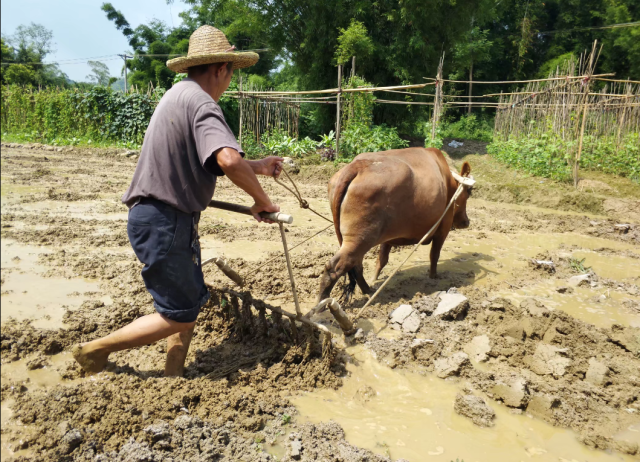
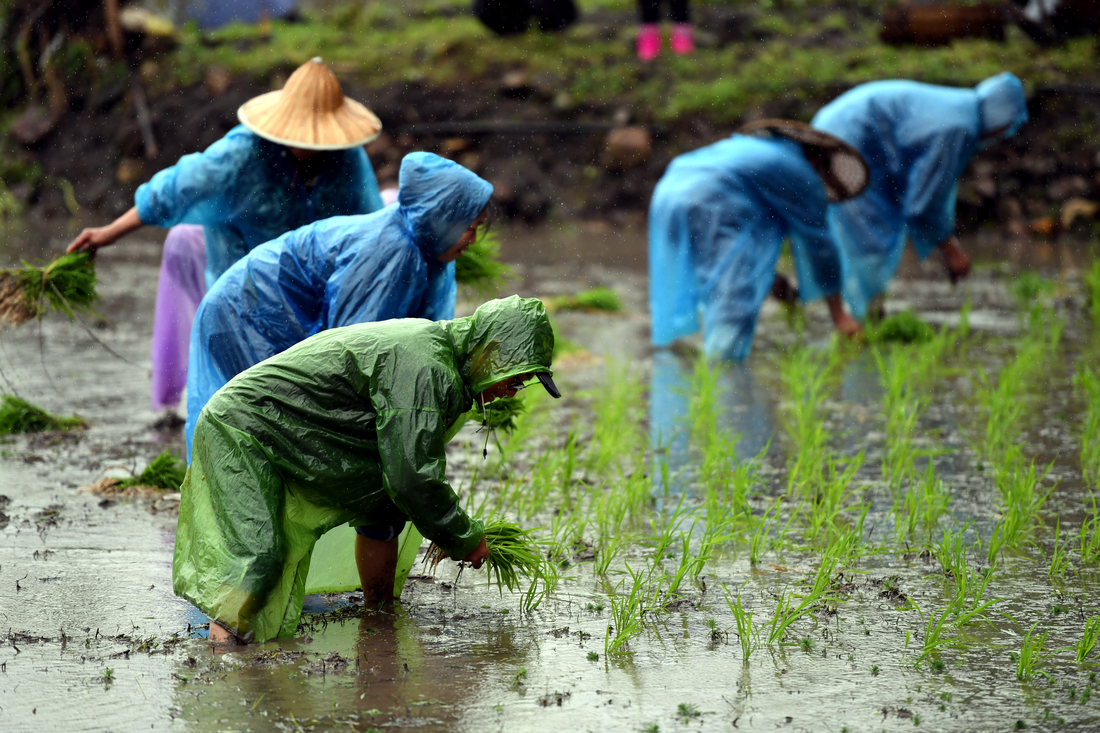
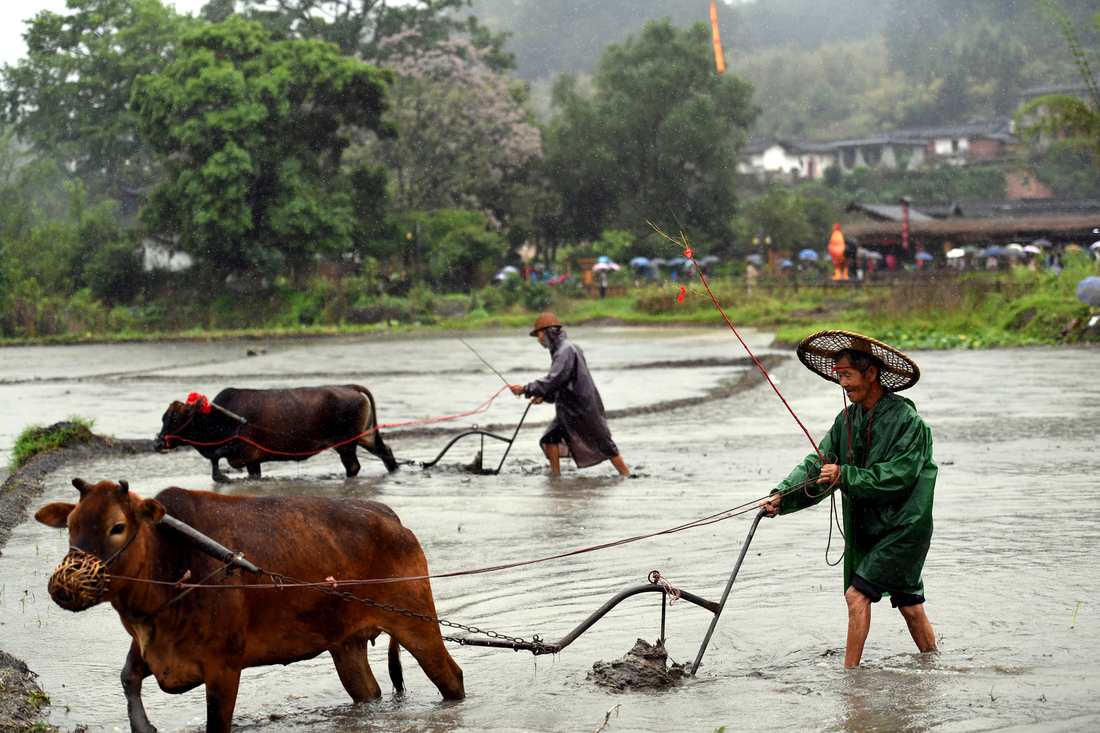
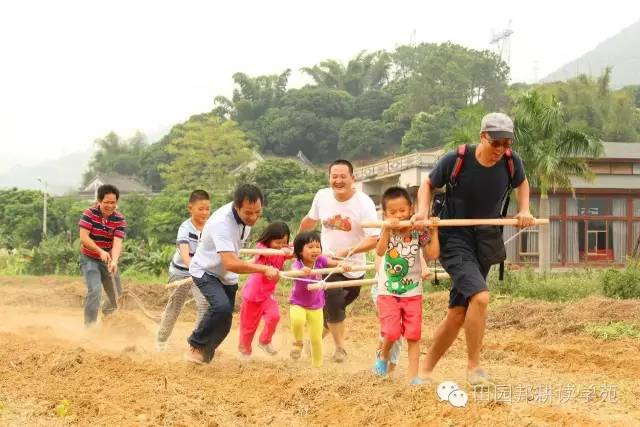
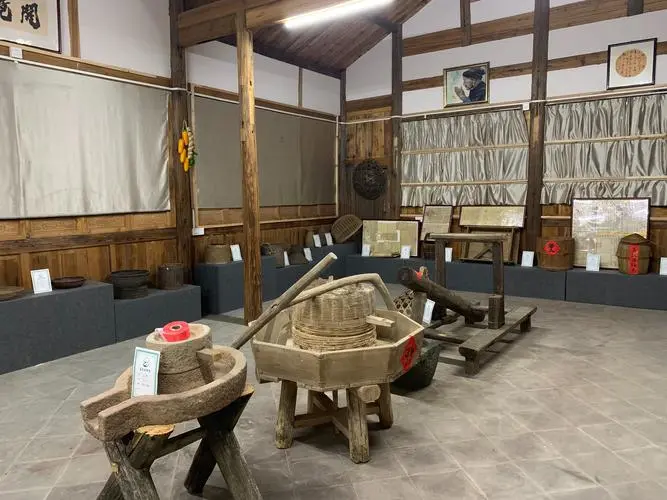
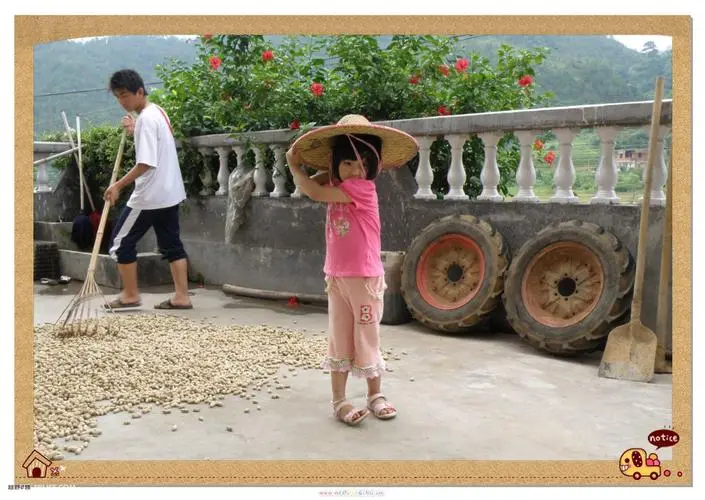
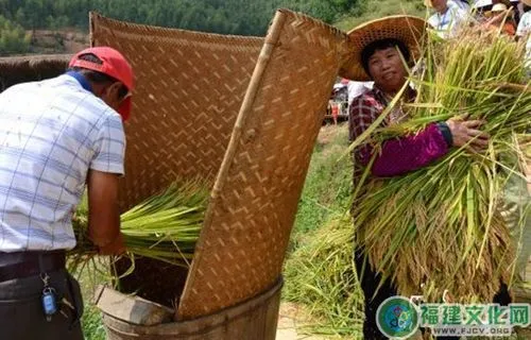
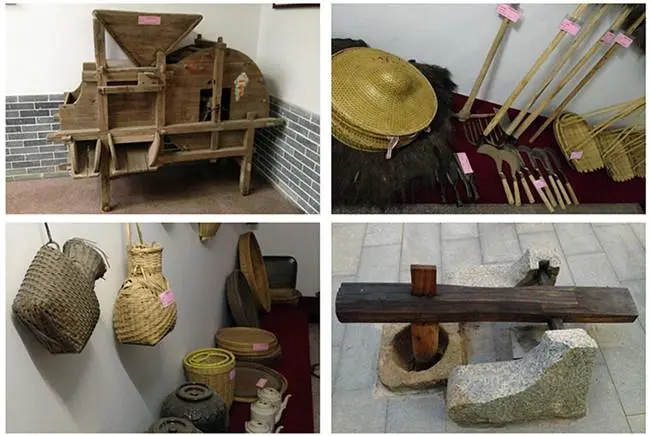
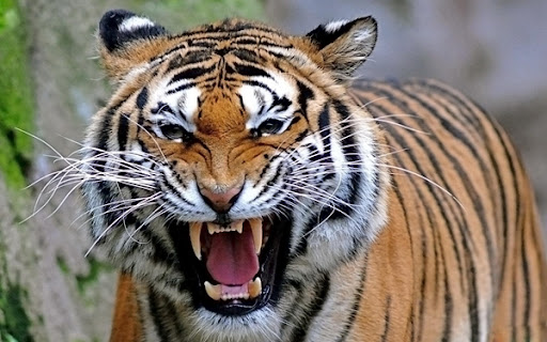
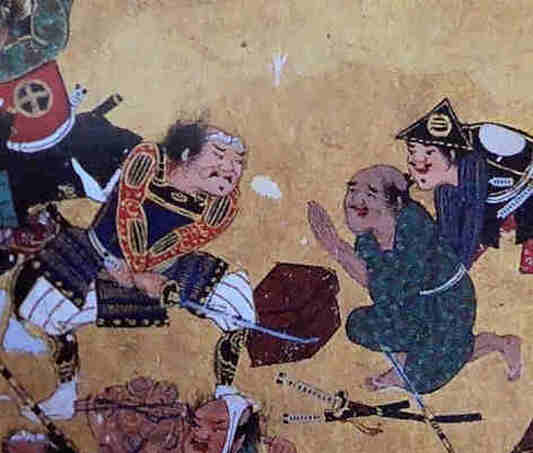
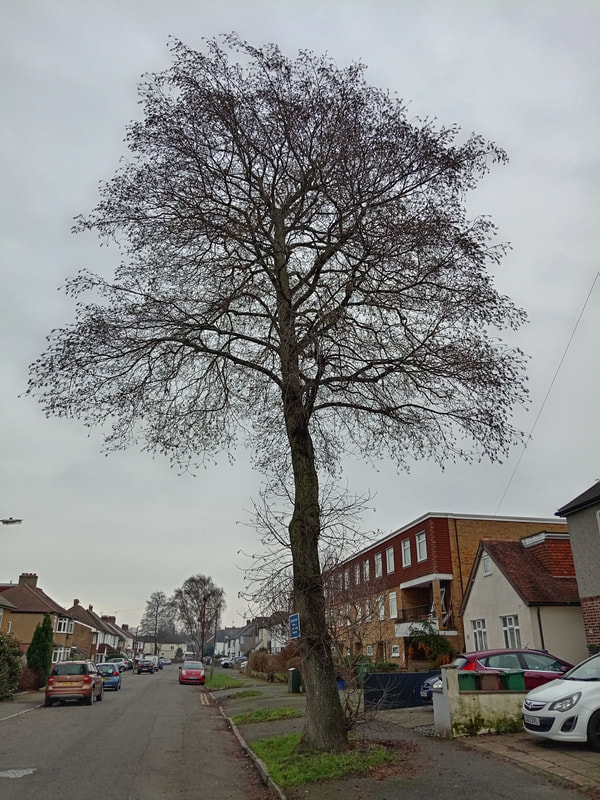
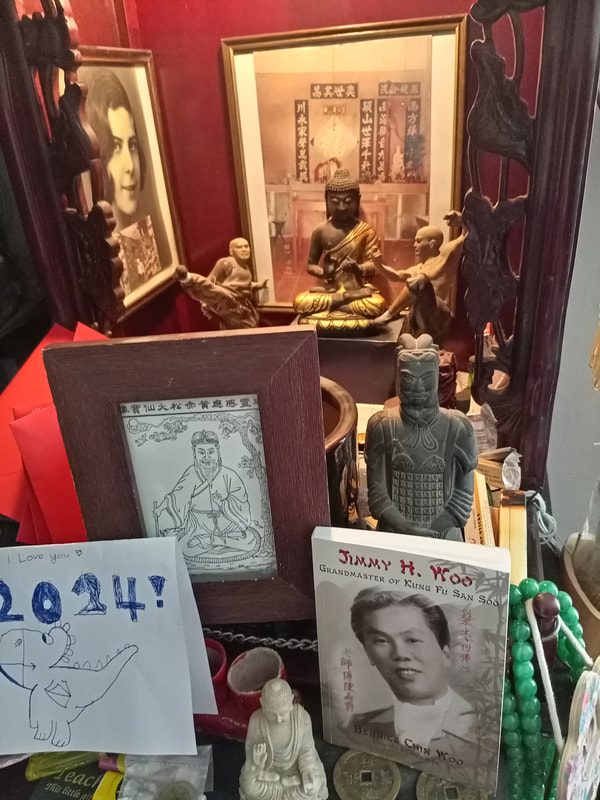
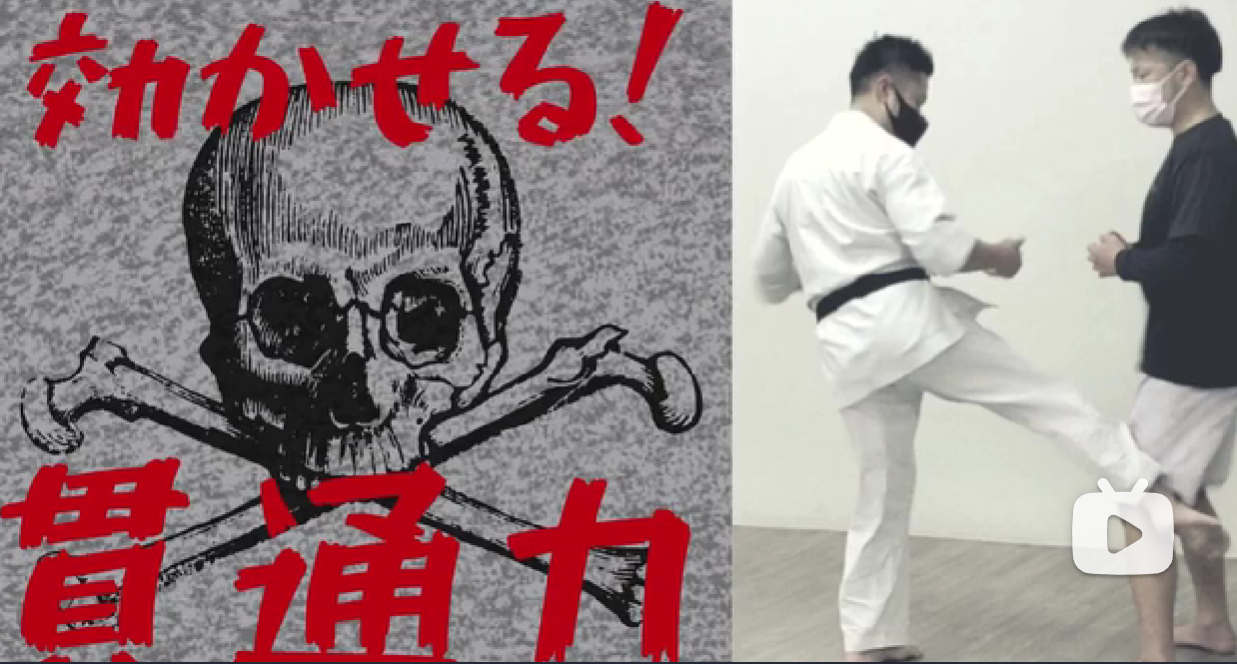
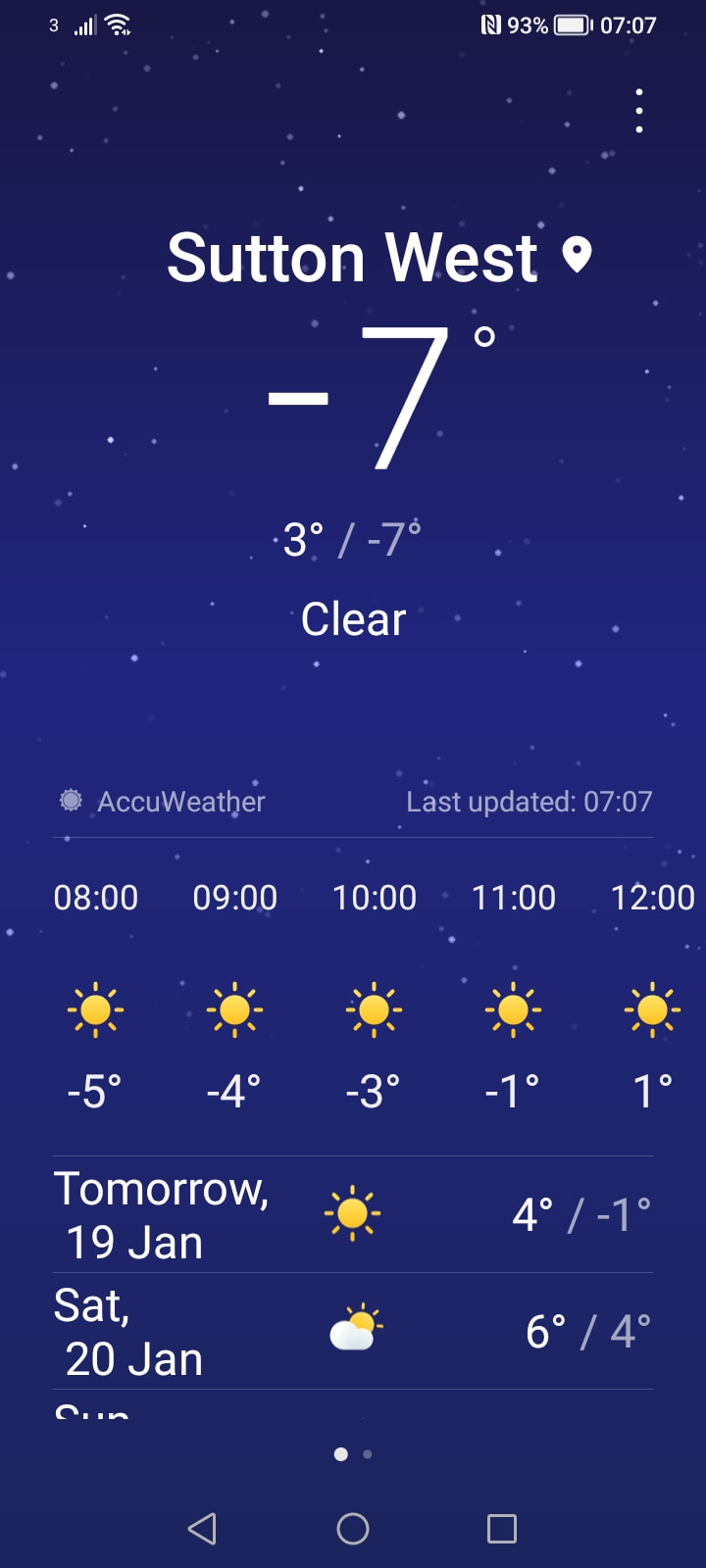
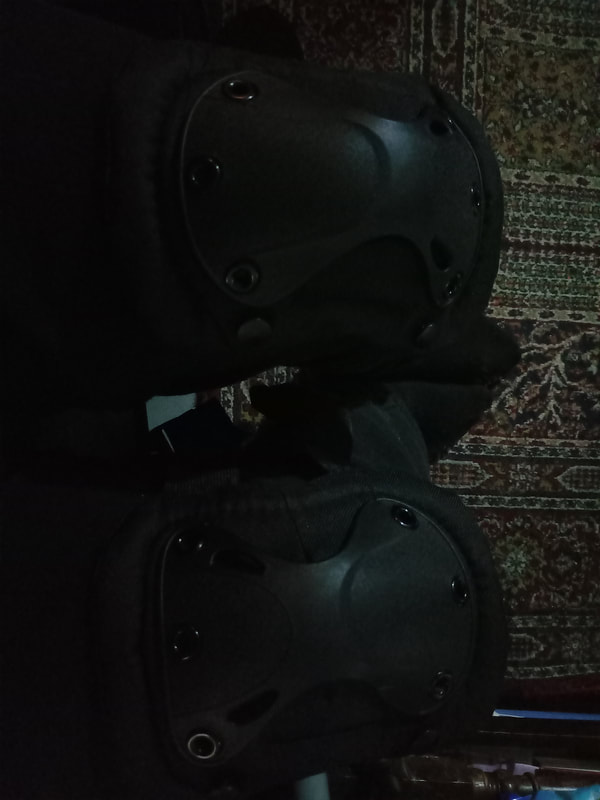
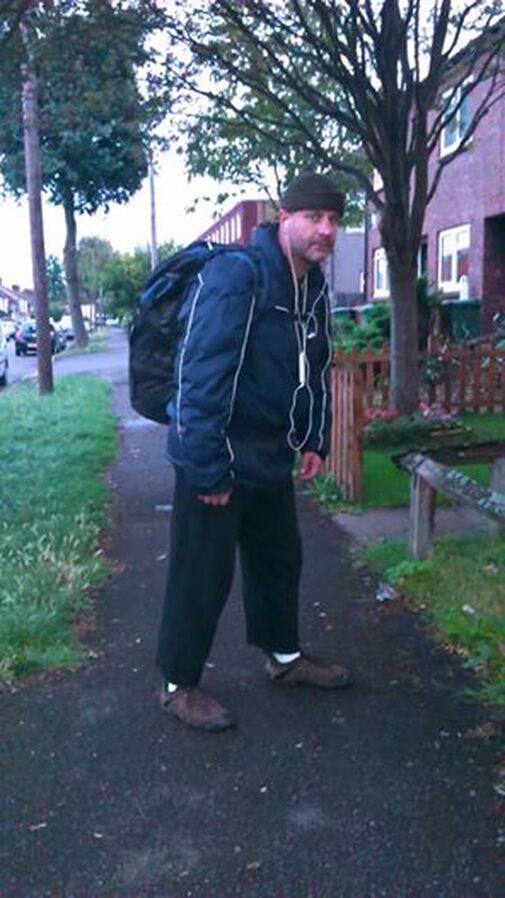
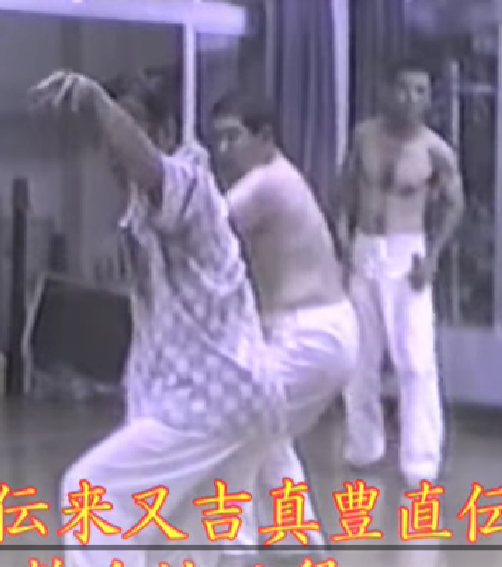
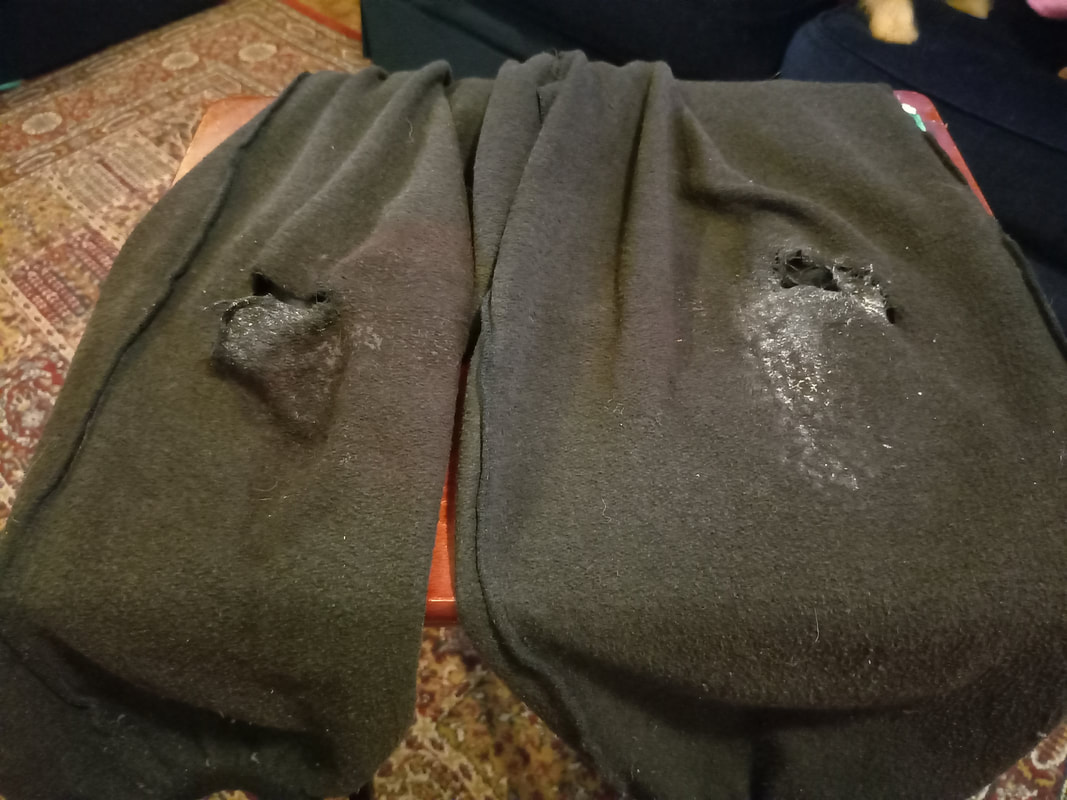
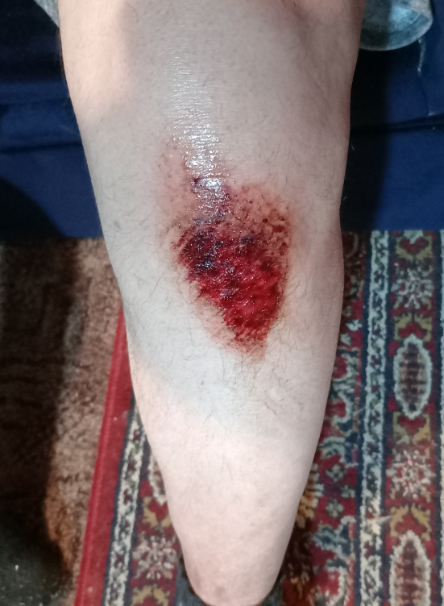
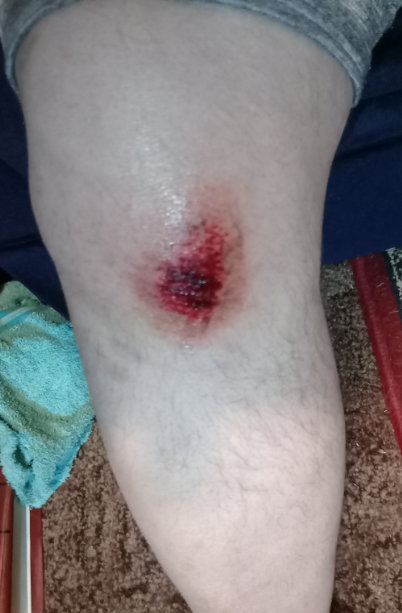
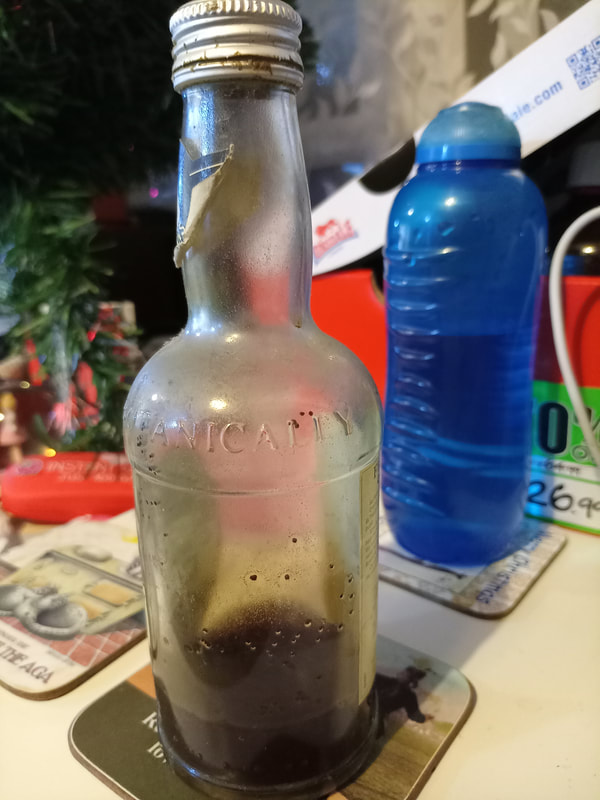
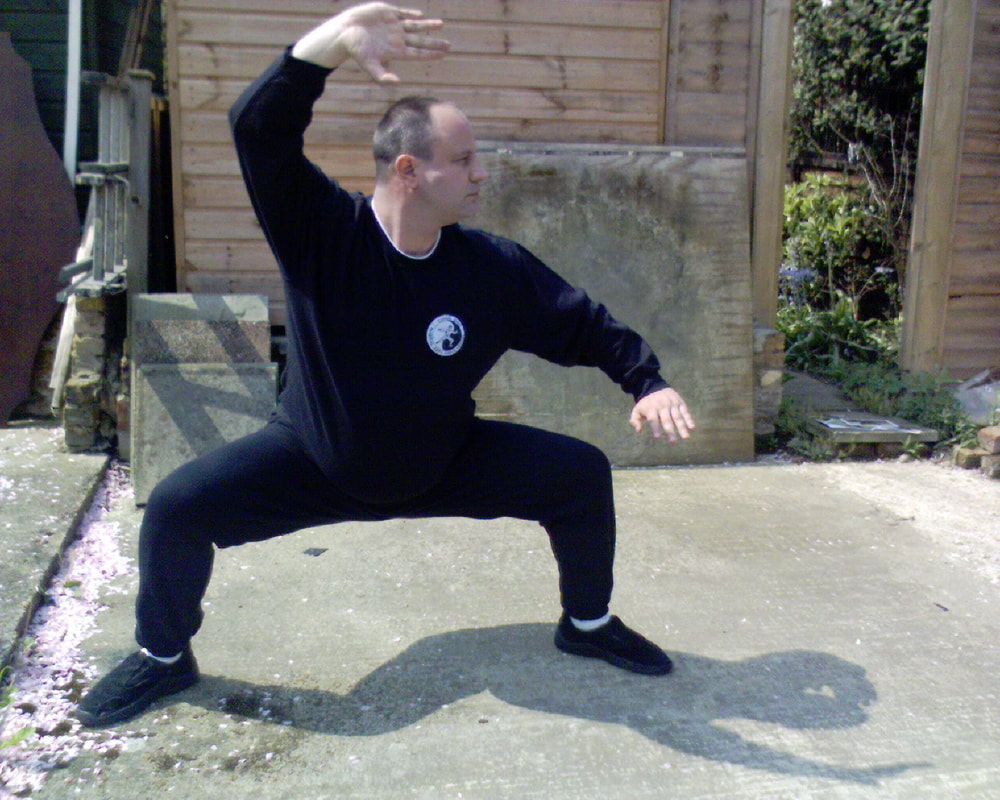
 RSS Feed
RSS Feed